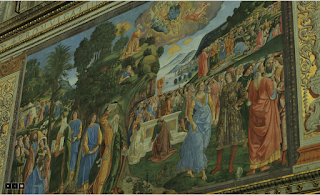seem to retain a larger than necessary envelope of skin. And some go so far as to have
pieces of flesh removed. Seems extreme to me.
Lets consider what happens when someone looses weight ie uses up stored fat for energy.
Look at the pictures of severely anorexic people. There is no loose skin on them. Just
skin and bones. Their bodies used everything they could find for fuel. I am not
recommending anorexia, but merely pointing out that obesity is arrived at differently
between people and its resolution will proceed differently as well.
Maybe someone with loose skin just drank a lot of sugary drinks, which bloated them
and they unbloated when they stopped. While someone who ate too much meat ended
up with compacted fat around their waist, and the visceral infrastructure to support it.
That's not about to go away without a fight.
A judge at a dance competition told me to use Atkins if I wanted to loose weight; could
probably see I'm not much of a meat eater!!
Try Atkins for 10 days and see if it makes a difference. Go back to healthy. Do Atkins
again. NO QUICK SUGARS; THEY ARE THE ENEMY! Not until you are normalized
again.
* * *
A quick read on medical aspects of the question informs one that the skin has three layers,
and the elastic part is on the second layer, the dermis. The thicker the dermis, the more it
will spring back easily so that older people will have more of a loose skin problem. And
one will expect genetics to come into play here, as the initial thickness will vary from one
individual to the other.
Bottom line: one needs to feed the dermis while loosing weight, giving it the precursor
elements for upkeep. And the wisdom among the medical pros is that loosing weight
quickly is not a problem It is how long one was obese which is the determinant.
The dermis regenerates over two years.
What we think of as skin is produced in the basal layer of the upper layer: skin cells. These cells migrate to the top to form a layer of dead cells 20 deep at the corneum level. The spinosum level is the protective net, the granulosum where the cells bind together.
We see in the second diagram that the dermis receives blood nourishment, although the blood vessels as such travel underneath, inside the fat repository. The pain sensation is on the epidermis, touch and pressure on the dermis, vibration in the water pouches of the fat layer.The glands producing sweat are within the dermis, as are the hair follicules and their nourishing suet glands.
Strictly speaking, the under skin fat layer is not part of the skin although the skin attaches to the body reaching through the fat from the dermis. It is here that the nerves are connected as well. Connective tissue from the dermis includes collagen, elastin and a matrix of elastic fibres. It reaches under the fat to meet fascia (web-like connective tissue around organs), tendons and bones.



















